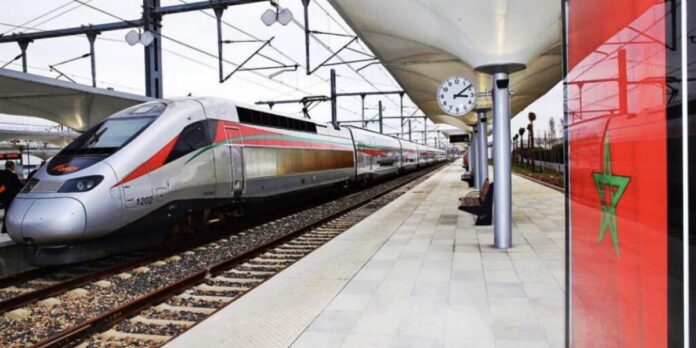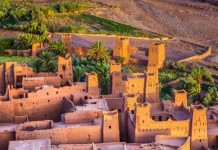Morocco is set to revolutionize its transportation infrastructure with an ambitious investment of 96 billion dirhams ($9.6 billion), aiming to modernize the railway network and enhance services by 2030. This large-scale initiative is part of the country’s strategic vision to position transportation as a key driver of economic and social development.
Out of the total investment, 53 billion dirhams will be allocated to the construction of a high-speed rail line connecting Kenitra to Marrakech, along with the expansion of regional railway services. The plan includes the purchase of 18 high-speed trains and 150 multipurpose trains, costing 29 billion dirhams. Additionally, 14 billion dirhams will go toward building and upgrading around 40 railway stations to optimize efficiency across the national network.
By 2040, Morocco aims to connect 43 cities—up from the current 23—bringing rail access to 87% of the population, compared to 51% today. The project will also significantly boost logistics by linking 12 international airports and 12 ports to the railway network, a substantial leap from the current one airport and six ports. This ambitious expansion is expected to generate 300,000 jobs and foster inclusive economic growth across the country.
A key highlight of this transformative plan is the strategic railway connection to Nador West Med port, mirroring the success of the Tangier Med port. With an investment of 4.3 billion dirhams, the project is already 17% complete, with detailed studies and land acquisition processes well underway. This link is expected to enhance Morocco’s position as a global trade hub.
The modernization of Morocco’s railway sector is not just about infrastructure—it’s also about fostering an industrial ecosystem. The National Railway Office (ONCF) plans to establish a local train manufacturing hub, supported by a network of suppliers and subcontractors. A joint venture between ONCF and global train manufacturers will ensure efficient maintenance services and open doors for Morocco to export railway expertise to African and European markets.
Morocco’s aviation sector is also set to receive a significant boost, with 42 billion dirhams earmarked for expanding key airports. Casablanca’s Mohammed V Airport, the country’s primary international gateway, will see its capacity increase to 44 million passengers annually. Meanwhile, Rabat-Salé Airport will be equipped with a new terminal to accommodate 4 million passengers. Other airports in Tangier, Marrakech, Fez, Tetouan, and Agadir will also undergo modernization.
Additionally, the government plans to introduce new domestic flight routes, ensuring better connectivity for remote areas and fostering regional economic opportunities.
Beyond rail and air, Morocco is setting its sights on maritime expansion by developing a national commercial shipping fleet. This strategic move aims to bolster the country’s economic sovereignty, enhance its competitiveness in the maritime sector, and integrate with regional trade networks across West Africa and the Atlantic-Sahel region.
While the scale of these projects underscores Morocco’s commitment to positioning transport as a cornerstone of national development, achieving these goals will require key legislative and organizational reforms. Expanding rail networks to underserved regions and upgrading airports in the southern provinces will be essential to ensuring balanced regional development and social equity.
With these forward-thinking investments, Morocco is on track to becoming a major transportation hub in Africa, driving sustainable growth and regional integration.





